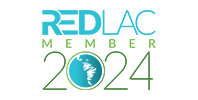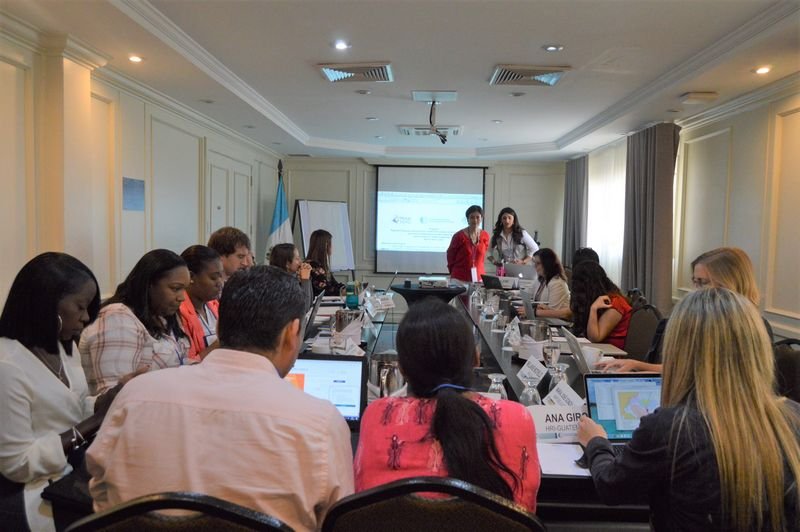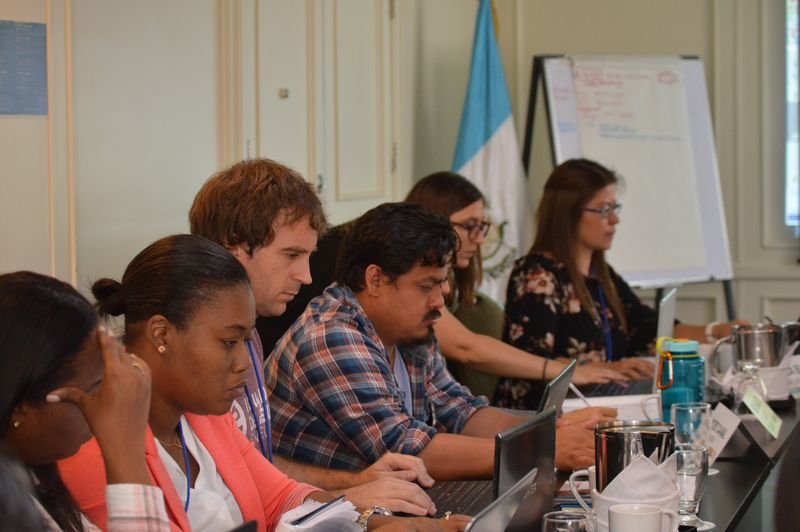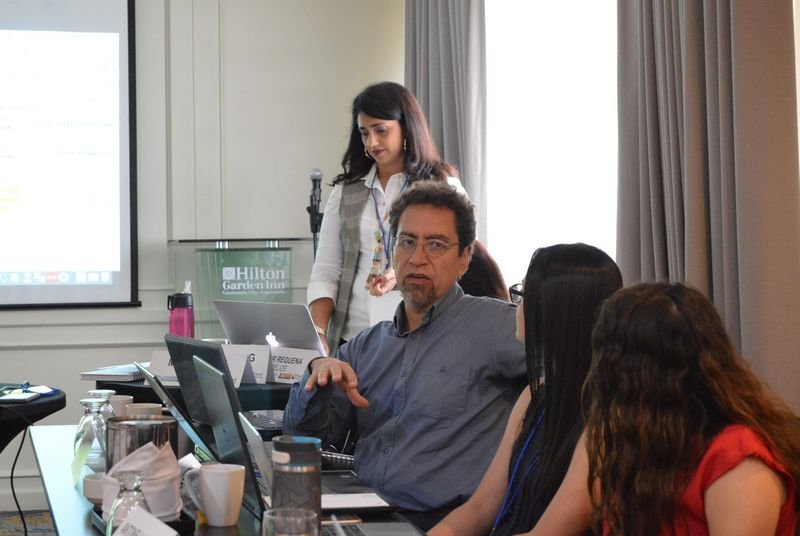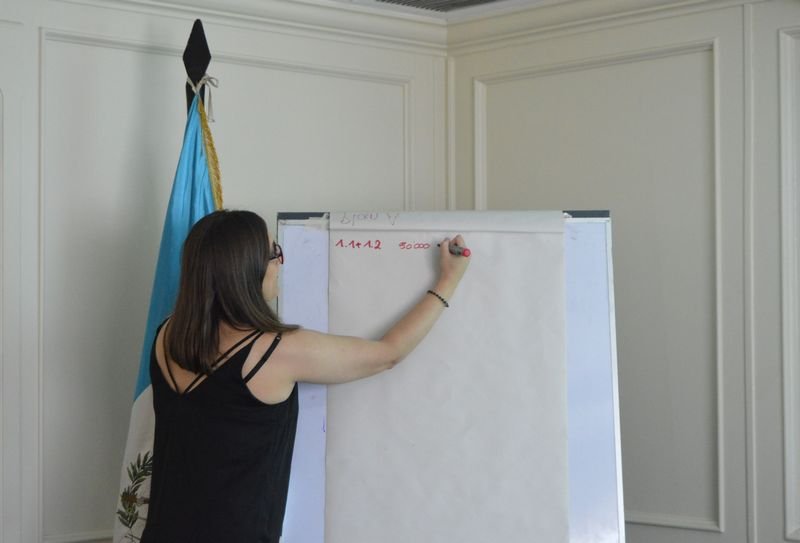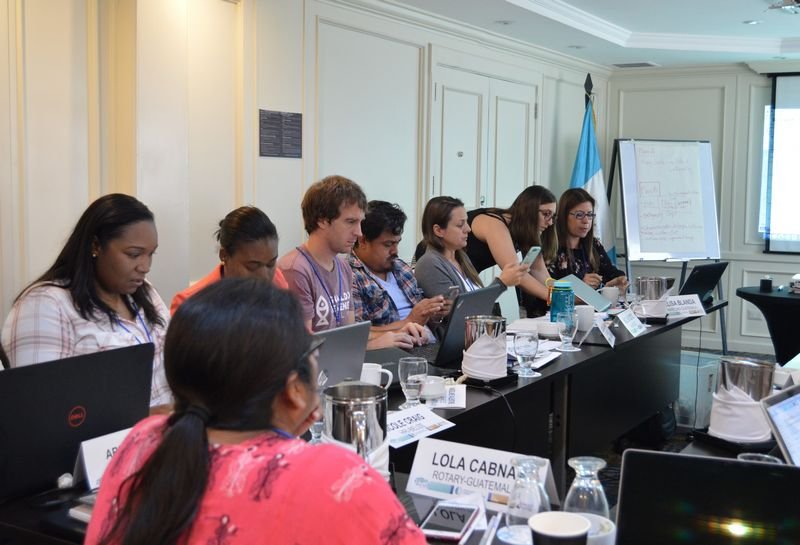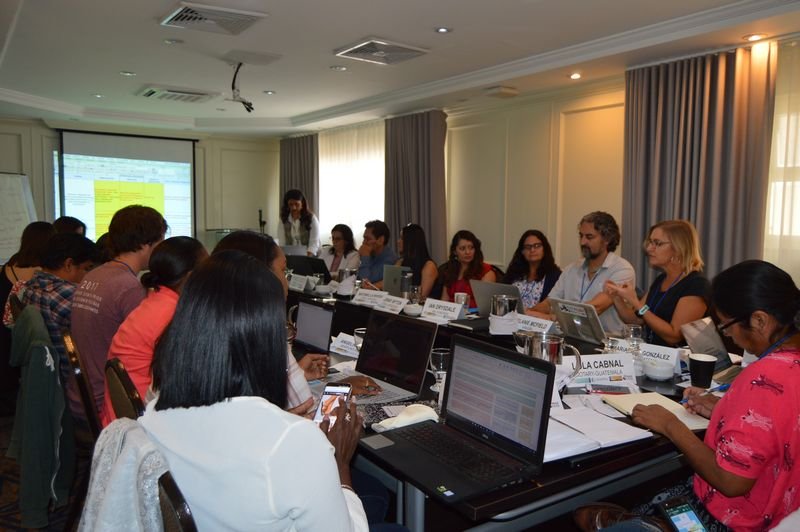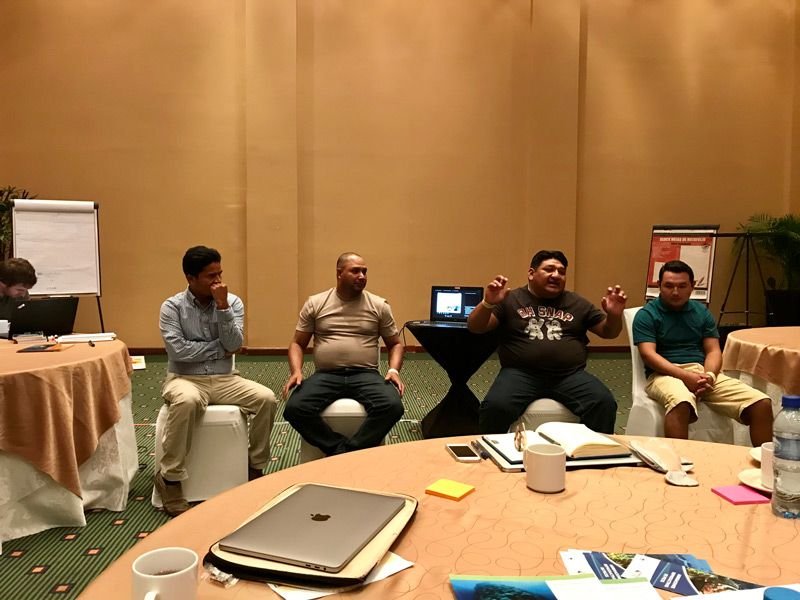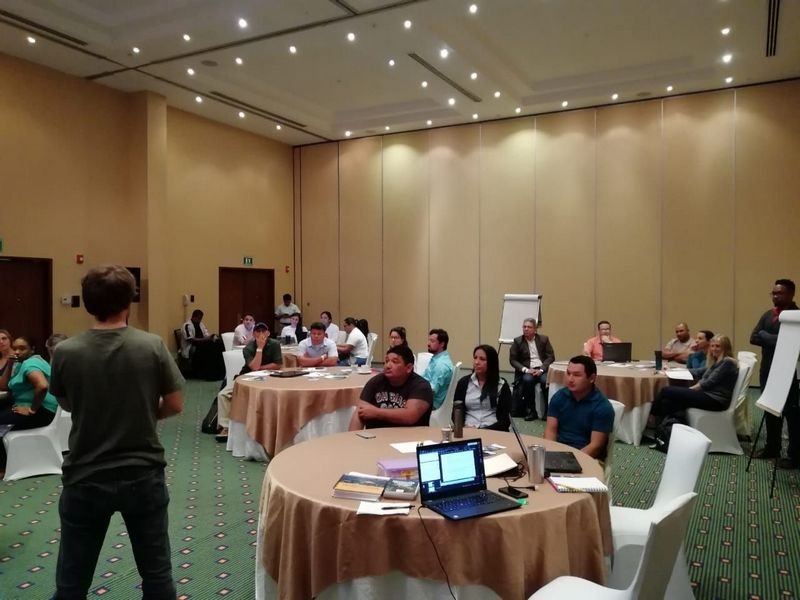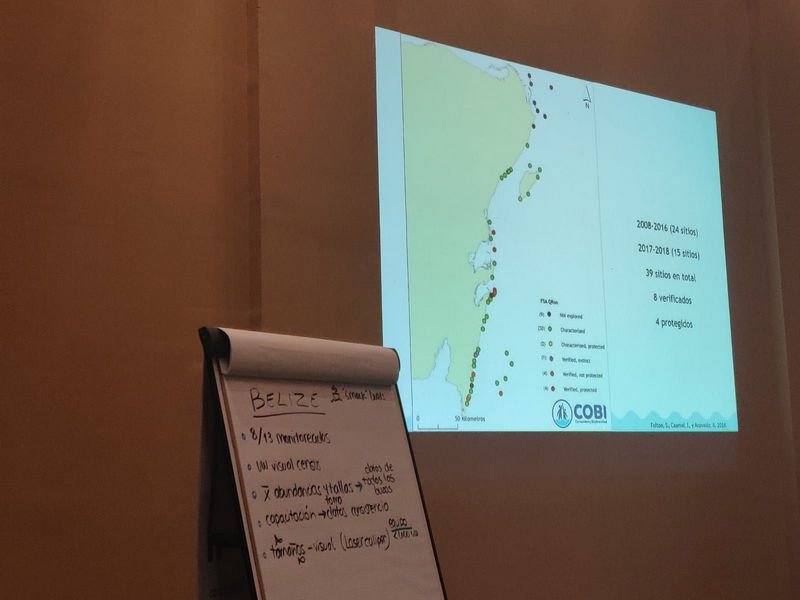
Introduction
The MAR Fish initiative is the latest and largest coordinated monitoring network of fish spawning aggregation sites (FSA) in the Mesoamerican Reef region (MAR). This project is possible thanks to the generous funding from the French Global Environment Facility (FFEM in French), also by the Summit Foundation, Marisla Foundation and Oceans 5. The activities of the project are implemented thanks to the collective effort of partner organizations in the four MAR countries.
The MAR Fish Project is coordinated by MAR Fund, a private regional environmental fund. The implementation of the project is carried out with the participation of the following eight core partners:
- Comunidad y Biodiversidad, COBI
- Coral Reef Alliance, CORAL
- Healthy Reefs for Healthy People Initiative, HRI
- Fundación para el Ecodesarrollo y la Conservación, FUNDAECO
- Southern Environmental Association, SEA
- Toledo Institute for Development and Environment, TIDE
- Rotary International
- Environmental Defense Fund, EDF
Fish spawning aggregations are temporary gatherings of fish that come together for reproduction purposes, these aggregations are critical for the survival of the species and extremely vulnerable to fishing. FSA generally represent the near total annual reproductive output of the species that spawn there. Periodic information on FSA health, critical for their protection, is missing and there is no cohesive, multinational plan to monitor and manage them, nor widespread understanding of their importance.
Seven sentinel sites were defined for the network of FSAs of the MAR Fish Project. Two additional sites, one in Belize and one in Honduras, were selected by each country to be included in the monitoring FSA network. The FSA monitoring will contribute to the understanding of the connectivity and the health of the MAR ecosystem for the restoration of fish stocks; and provide information on the impact of climate change on the spawning aggregation sites, to the benefit of fisheries and the communities that depend on them.
A total of nine sites were selected for monitoring, five of which are sponsored by FFEM, two by the Summit Foundation, and two by COBI.
| FSA Sentinel Site | Country |
| Niche Habin (Punta Allen) | Mexico |
| El Faro (Punta Herrero) | Mexico |
| Gladden Spit | Belize |
| Emily (Caye Glory) | Belize |
| Cayman Crown | Belize |
| Cayman Crown | Guatemala |
| Western Bank (Texas – West End) | Honduras |
| Cordelia Banks | Honduras |
| Power Point (Lawson Rock-Sandy Bay) | Honduras |
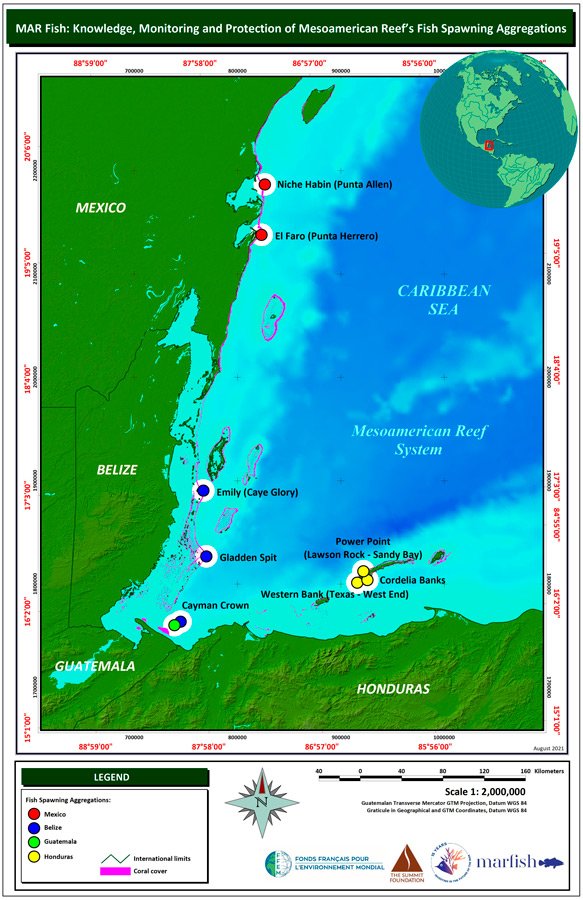
General Objective
The overall objective of this three-year project is to promote the recovery of fisheries by strengthening the protection of the FSAs of commercial fish, as critical areas in the life cycle of the species, through better knowledge and understanding of the aggregations in the region.
Specific Objectives
The project will achieve two specific objectives:
- Obtain legal recognition and adequately manage Cayman Crown in Guatemala and Belize.
- Promote participatory monitoring of a network of sentinel spawning aggregation sites in the four Mesoamerican Reef countries.
The Project has four components with specific activities that are being developed by the partner members through signed agreements with MAR Fund.
- COMPONENT 1: The Cayman Crown Reef is legally recognized and managed in Belize and Guatemala
- COMPONENT 2: Sentinel Site Observation Network
- COMPONENT 3: Fostering the social acceptability and support for protecting spawning aggregations
- COMPONENT 4: Project Management.
Webinar: Genetic and oceanographic studies in fish spawning aggregation site of the Mesoamerican Reef
![]() 3.1 MAR Fish Project, by Ana Silvia Martínez, MAR Fund
3.1 MAR Fish Project, by Ana Silvia Martínez, MAR Fund
![]() 3.2 History and characteristics of the Blanquizal spawning site, by Alejandro Medina, TecNM/Chetumal
3.2 History and characteristics of the Blanquizal spawning site, by Alejandro Medina, TecNM/Chetumal
![]() 3.3 DNA Barcode application to identify early stage of fish in the MAR., by Lourdes Vásquez, ECOSUR
3.3 DNA Barcode application to identify early stage of fish in the MAR., by Lourdes Vásquez, ECOSUR
![]() 3.4 Application and uses of environmental DNA, by Jacobo Caamal, COBI
3.4 Application and uses of environmental DNA, by Jacobo Caamal, COBI
![]() 3.5 Oceanographic studies in the spawning site Blanquizal, by Laura Carrillo, ECOSUR
3.5 Oceanographic studies in the spawning site Blanquizal, by Laura Carrillo, ECOSUR



